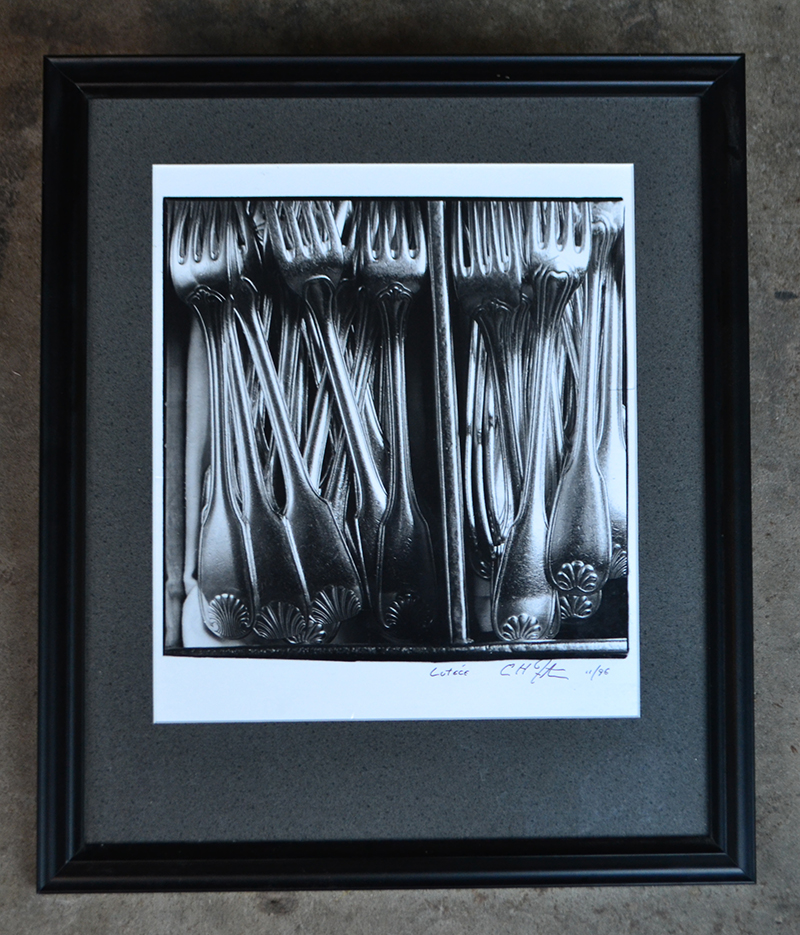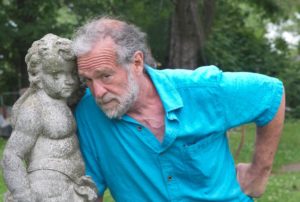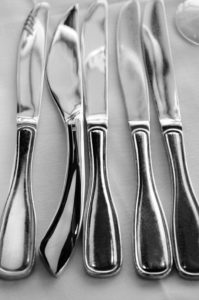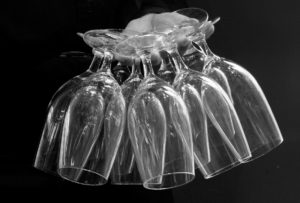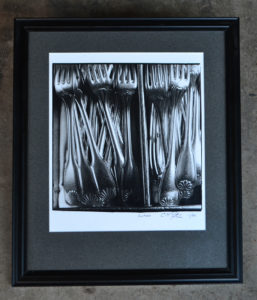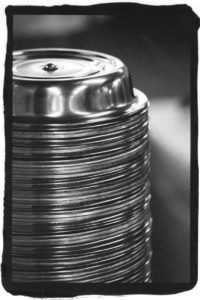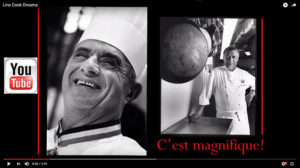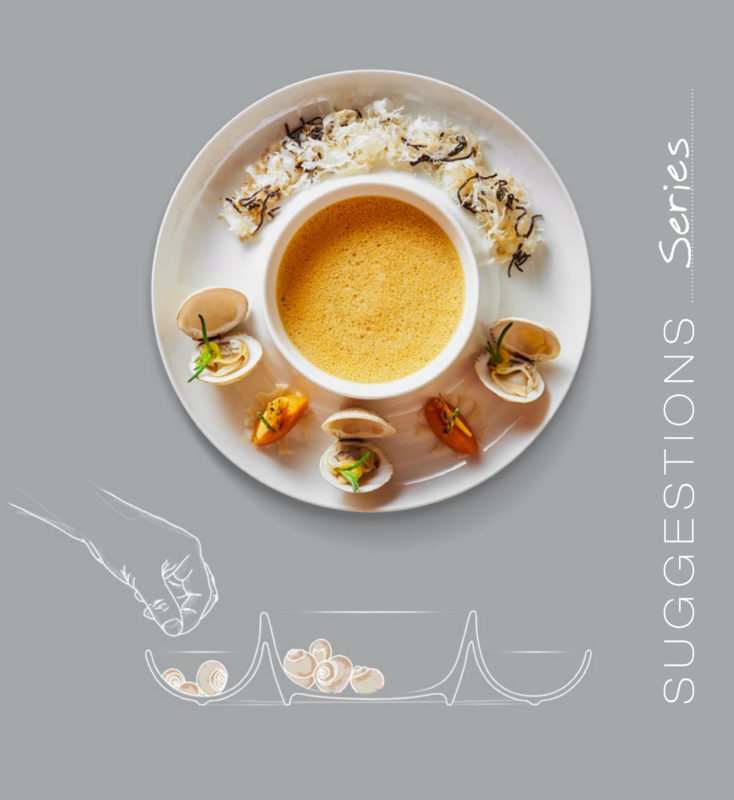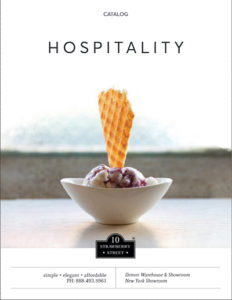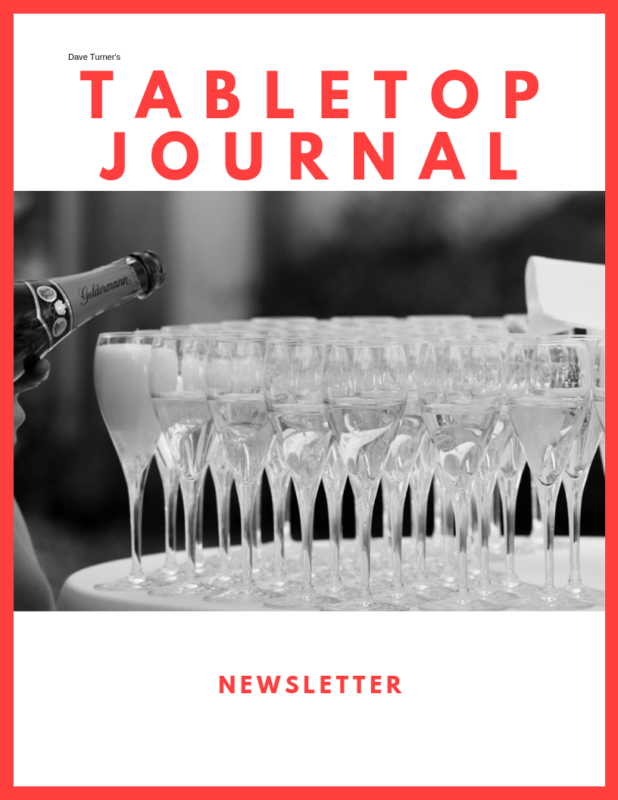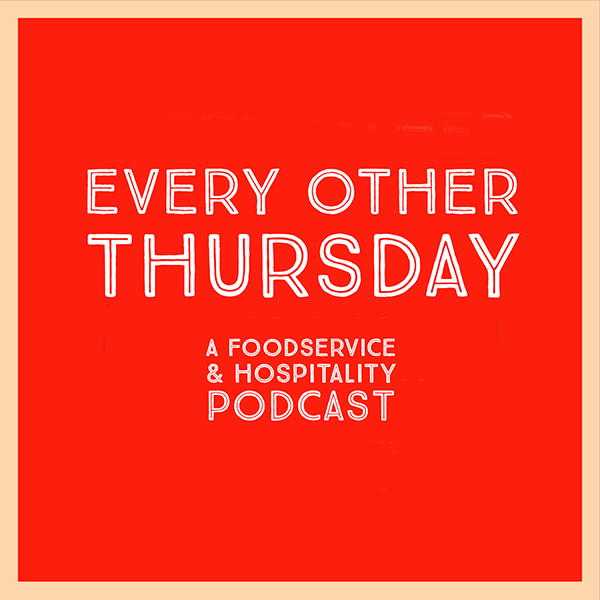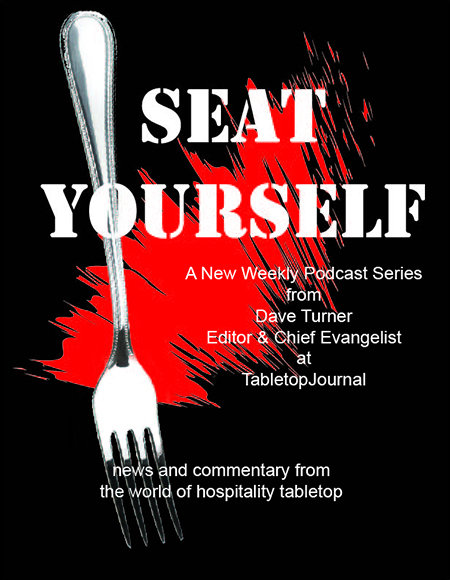Chicago’s Eric Futran is certainly a creative soul. Photographer to so many starred-chefs and restaurants, the list is too long to recite. Eric Futran also is a singer, lyricist, musician … and, perhaps most important of all – a storyteller. These are just but a few of Eric’s many creative talents. We ran into Eric originally as a result of his photography work with New York’s famed Chef Andre Soltner and we’ve loved his work ever since. We caught up with Eric recently to find out his thoughts on the world of chef and restaurant photography and to learn what other fun adventures his creative talents may have taken him on lately.
TabletopJournal: You’ve been photographing our industry’s best chefs for many years, what are your goals when you go out and sit with a chef for the first time? And, what is it that you like most about shooting chefs and their restaurants in the first place?
Eric Futran: I broke into the photo business in the early 70’s as a photojournalist. My heroes were people like Cartier Bresson and Eugene Smith. Spent several years working on black and white picture stories for a great Chicago publication, The Reader. I did stories on the Windy City boxing club (long since razed), the Uptown neighborhood, and musicians like Tom Waits. Chicago neighborhoods, then, were a LONG way from gentrifying; there was a lot of crusty stuff to shoot, and my cohorts and I took full advantage of the situation.
After a few years of working on soft underbelly pieces for the Reader (and other magazines), I realized that editorial day rates weren’t going to cut it, in the long run, so I started shooting for corporate clients. Those were glory days of the elegant annual report. I found myself schlepping around the country, shooting pictures of steel mills, pipelines, and (yes) bowling pin factories. Fun stuff!
But after a while, the assignments started turning into the early days of computer-centric illustration (a guy/gal working on his/her PC in a darkened room, with a gel (usually blue) illustrating the cutting edge of. ”Yes, we have a computer!” Along with this kind of work, there was a bunch of corporate portraiture. I sent a mailer out with the tag line, “Suits by Futs”.
During this time, I also started taking portraits of chefs and restaurateurs for various foodservice magazines, and in 1985, I was approached by the producer of the PBS series “Great Chefs”. The crew was coming to Chicago, and they needed a food photographer to shoot pictures for the accompanying cookbook. Would I be interested?
Displaying no small amount of chutzpah, I took the job (even though I had never really done any food photography). And there I was, hanging with Banchet, Joho, Bayless, etc., trying not to screw up too badly.
It was a relationship that lasted over fifteen years. It was my crash course in location food photography, and it was an amazing time.
Restaurants and Institutions magazine was my other main client. The flag- ship of the trade publishing world, they awarded their version of the Oscars (the Ivy’s) to restaurants and institutional operations, nationwide. My client, Nancy Ross Ryan, and I ran around the country for fifteen years (in JANUARY!) shooting the award winners. Sadly, Nancy passed away this year. An incredibly classy lady, she was given the challenge of wrangling this photographer through a succession of very classy joints, without having him cause an international culinary incident (Alice Waters, in Chez Panisse, tripped over one of my light cords and landed face first; when she hopped up smiling, we continued breathing).
As for goals… Before I meet a chef for the first time, I try to have a phone conversation about what they want to accomplish. In this era of super star (and super busy) chefs, I frequently get shunted to a P.R. person, which is not always my preferred form of contact. In that case, there is frequently a communications mixup (“Oh! You wanted to shoot two dishes AND a portrait! The chef is in Las Vegas until next Tuesday; didn’t I tell you?”) I try to avoid “mix-ups” and give the client exactly what they want.
TJ: Since you are an expert in chef and culinary photography, how has your type of photography changed over the years?
EF: When I started shooting food, in the mid 80’s, most food work was done on set: in a studio, with assistants, giant strobes, and, most important, view cameras (both 4×5 and 8×10). Frequently, there was a food stylist or two, prepping the subject (don’t get me wrong; I love food stylists! They have saved my butt on many occasions). Food shooting was rarely done in restaurants. When I started with R&I, the chefs would send the recipe and a table setting to a fully equipped studio, where the photos would be taken.
The pictures always looked great, but many times chefs would complain that the recreation didn’t really look like the dish that was served in the restaurant. My client asked if I could shoot four or five food shots, along with the portraits and ambiance shots I was already supplying. I’ve never regretted saying, “Yes”.
So, for the better part of 15-20 years, I carried my 120mm view camera, as well as a Hassleblad or Mamiya, light and stand cases. Assistants? Are you kidding?
The last 20 years, of course, has brought, the growth of digital shooting. For professional photographers it has been a mixed blessing; it’s made me, for one, a much better photographer. You see your image in only a second; no waiting 90 seconds for the Polaroid, anymore. But, on the other hand, it’s led to the proliferation of, oh, let’s say..brand managers’ nephews who took photography classes in community college and who just bought a new digital camera, etc.
Technology changes everything; ask Apple.
The capabilities of the newest digital cameras are astounding. I can shoot at ISO’s that are mind boggling. I routinely set my cameras at ISO’s way north of 1600. My tripod frequently sits unused as I wander, through kitchens, ala David Hemmings in Blowup, as I watch food writhe under my lens. Push a button and the color balance shifts at your command. Push another switch and you’re shooting video. Kodak and Polaroid bankrupt! Amazing times…
And Photoshop! Are you kidding? I haven’t bracketed an exposure in ten years!
TJ: Since we are a publication focused on tabletop, how do you see the changes in the way restaurant tabletop is viewed these days versus, say…10-15 years ago?
EF: I had a chef once tell me, “I don’t spend a bunch of money on plates and tableware, because I don’t want to have my dishwasher become my most important employee.” But, the growth of tasting menus and combination of small and large portions residing on the same tables has changed a lot of that thinking. ‘Non-standard’ plating has become standard in the industry, as chefs try to make all elements of the tabletop important in the dining experience.
TJ: Through the years, what has been your favorite chef or restaurant to photograph?
EF: Jean Banchet was a larger-than- life character. I photographed at his joint, Le Francais, several times, and finally, after one shoot he said to me, “You must come to deenaire!” Who was I to argue? In appreciation, I brought in some prints from the last shoot I did, including a group portrait of the chef and his kitchen crew. Because there were 13 people in the shot, I brought in 13 prints. I asked our server if he would be so kind as to bring them back to the kitchen..
Ten minutes later, the kitchen doors opened and Banchet burst forth into the dining room. He had the presence of, say, George Clooney, mixed with Jehovah. He strolled across the dining room to our table, and pronounced, “You are ze ONLY ONE to bring the pictaires!” He then thanked us and strolled back to the kitchen. We basked in the notoriety, as the gentry seated around us wondered just who in the hell we were.
TJ: You’ve also done a lot of “still lifes” of both back-of-the-house and front-of-the-house items, from pots and pans to stacked plates and wineglasses. How, …and just as importantly, why … did you start shooting those?
EF: Culinary Tchotchke shots: I love them! Still lives of culinary tools from the kitchen (with or without attendant chefs) or the front of house (wineglasses, tabletop, etc).. They tell a story, a patina of use, elegance (or funk). They exist everywhere somebody cooks or eats. Alain Chapel in Mionnay, France,or the Salt Lick Barbeque in the hill country of Texas; this is one of the reasons I love shooting in food locations. My poor wife gets schlepped to Mercado Merced every time we go to Mexico City. I have been lucky enough to photograph markets that don’t exist any more (Fulton Street fish market in New York and South Water Market, in Chicago (now, of course, high end condos).
TJ: A great deal of your work has been done in black & white imagery. What is your thinking in showing a chef or a restaurant in black and white versus color?
EF: Black and white-my first love. Most of my mortgage paying work has been shot in color. And I am proud to say that I have taken some purty pictures in my time! But black and white photography is what brung me to the dance and it holds a special place in my heart. I guess that my major influence in this area has been the work of Walker Evans. The man was a genius at capturing meaning from assemblage of everyday objects. My Lutece (Chef Andre Soltner’s NYC culinary athedral) fork shot was a real breakthrough for me. I had for some time tried to capture the ’feel’ of a fine dining establishment by capturing some nuance, some still life, that would, some how transcend ( I know, pretentious word, but still..) being some kind of culinary postcard.
I was engaged in a photographic blitzkrieg of New York for the Great Chefs series. I had an appointment with Chef Soltner and while I was waiting for the plates to emerge from the kitchen, I started poking around the joint, looking for eye candy to shoot. I opened the silverware drawer, and there they were! Like a group of soldiers in a Mathew Brady Civil War photograph, posing victorious after a battle, tested but still proud. I set up my lights and shot the image in about five minutes. I had finally found what I was looking for.
And thus, hundreds of pastry tins, bench scrapers, apple peelers, wine glasses, corkscrews, pastry bags, rolling pins, mandolins, steamers and all sorts of cutlery have had their souls stolen by yours truly. My other “stars” are the hands of chefs, bakers, butchers, and other culinary personnel. Those hands perform a ballet while they go about their work, and I am always trying to capture that kitchen ‘sweat’ ethos.TJ: You have accomplished so much in your career, what is it that you want to do most now…and, in the future?
EF: The web has become a creative outlet for me. In my, um, maturity, I’ve gotten back to writing and singing songs. Sometimes, I’ll put together a slide show on You Tube, frequently on a culinary theme. This one seems to be the most watched. www.youtube.com/watch?v=Ezw0W5aPdJo.
“Line Cook Dreams” written, performed, and recorded by Eric Futran:
I shoot my own projects (an essay on pig slaughterhouses ran on Modern Farmer’s web site). I really like the idea of shooting what I want. Plus, in this era of digital capture… it’s cheap!
For more information or to contact Eric Futran, go here:

